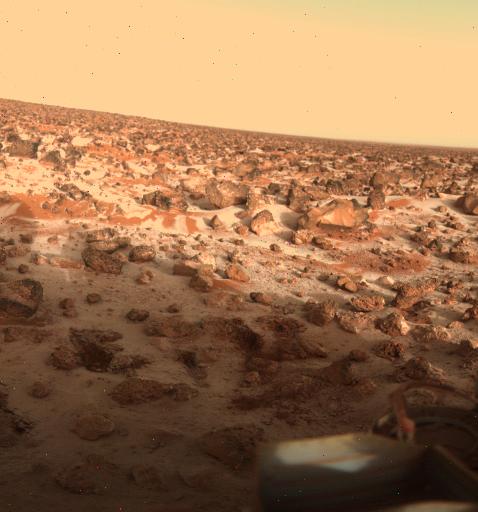I meant to wrap up my special Mission to Mars series a few weeks ago, but then some stuff happened, and then I got sick, and my whole blogging schedule got messed up.
Anyway, better late then never.

When I launched this mission, I felt like I didn’t know as much about Mars as a space enthusiast/science fiction writer like me should. I wanted to fix that. I wanted to immerse myself in everything Martian, and so I did. For a lot longer than I expected, too.
During that time, I got a much clearer sense of Mars’s history, as told by the geological and chemical evidence. Without a doubt, Mars was a wet and water world in the distant past, but that does not necessarily mean it was an Earth-like planet. Rather, Mars’s history with water seems to have been brief and violent, with lots of flash flooding caused, perhaps, by the rapid thawing and refreezing of glaciers.
Even so, life could maybe possibly have started to evolve on ancient Mars, and even as the planet dried up, there’s a slim (very slim) chance life could have survived and endured all the way up to the present day. Scientists take this possibility seriously (a lot more seriously than I expected, to be honest), and there’s an active and passionate debate going on about how to explore Mars without contaminating any hypothetical Martian ecosystems with our Earth germs. Two of my favorite posts for this series, “Let a Mars Rover Rove” and “Mars Rovers Must Rove Responsibly,” compared and contrasted the two sides of that debate.
But of course a huge portion of this series was devoted to the future human colonization of Mars. I wrote several posts about how to get to Mars, reviewing proposals made by Buzz Aldrin (of Moon landing fame), Robert Zubrin (author of The Case for Mars), and Elon Musk (the guy who runs SpaceX). I also wrote about how future colonists might adapt the calendar to suit the slightly longer Martian day and the significantly longer Martian year. And of course there were all those posts about what kinds of food might be practical on Mars, starting with potatoes and working up to goat cheese.

I’m still no Mars expert. Mars is the second most thoroughly explored planet in the Solar System, after Earth, and there’s just so much information to sort through. On top of that, new discoveries are being made all the time. The already enormous pile of Mars-related knowledge just keeps growing!
But I do at least feel more familiar with the Red Planet, and I hope you do to. Thank you to everyone who followed along with this series, either for the whole long slog of it or just bits and pieces of it. If you had any favorite posts from this Mars series, I hope you’ll let me know in the comments. Also, I’m planning to do “Mars month” again next March, so if you have suggestions about other Mars-related things I should research, let me know!











